Remember when your parents had mysterious, off-limits treasures scattered throughout the house? These weren’t valuable antiques or dangerous tools – they were everyday objects that somehow became sacred, untouchable relics that sparked your curiosity and tested your willpower. From the living room to the kitchen, certain items were designated as “look but don’t touch,” and heaven help you if you were caught with your grubby little fingers anywhere near them.
1. Mom’s Good China in the Dining Room Cabinet

That gleaming set of dishes behind the glass cabinet doors might as well have been the Crown Jewels, considering how rarely they saw the light of day. Your mother’s precious china collection – usually a wedding gift or family heirloom – was reserved for the most special occasions, which apparently didn’t include your birthday or even Christmas morning. The delicate floral patterns and gold trim seemed to whisper “hands off” every time you walked past the dining room.
You probably wondered why anyone would own dishes they never used, especially when your family ate off sturdy Corelle or melamine plates every single day. The good china represented something bigger than dinnerware – it was your mother’s symbol of sophistication and domesticity, proof that she could set a proper table when company came calling. Even dusting those precious plates was a carefully orchestrated event, with explicit instructions not to help unless specifically asked.
2. Dad’s Stereo System with All Those Knobs and Switches
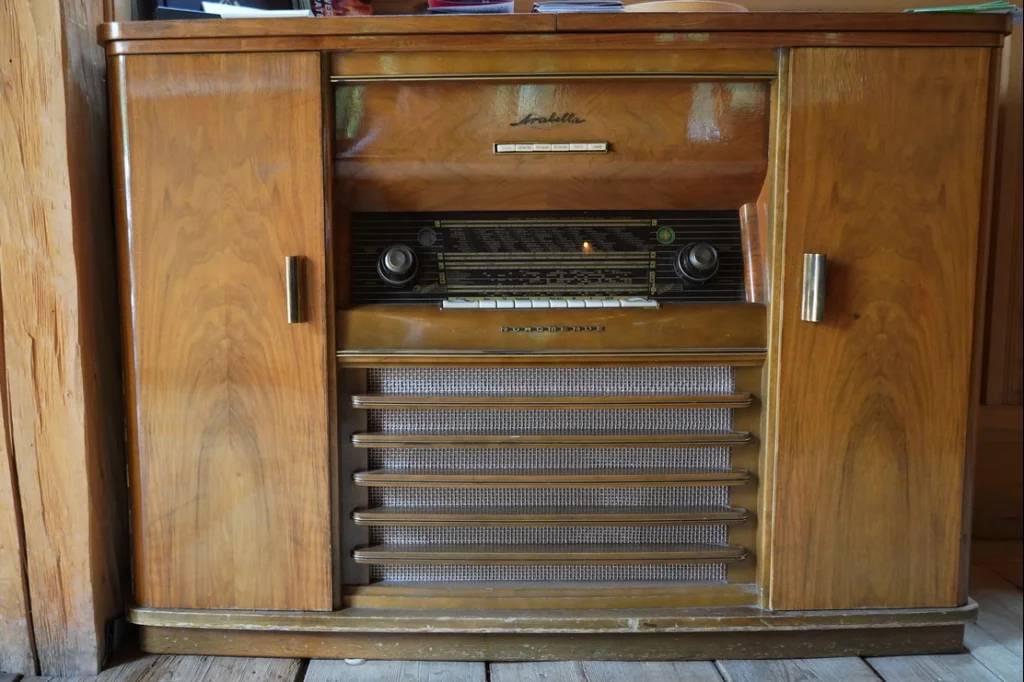
Your father’s elaborate stereo setup was like mission control for the Apollo program, complete with a turntable, tape deck, AM/FM receiver, and enough switches to confuse a NASA engineer. Those glowing VU meters and the satisfying chunk of the heavy power button were irresistibly tempting, but touching Dad’s hi-fi system was strictly forbidden territory. The consequences of moving even one of those carefully calibrated knobs could result in a lengthy lecture about “ruining the sound quality.”
The towering speakers flanking the entertainment center seemed to dare you to crank up the volume and see what would happen. Your dad spent countless weekend hours adjusting the balance, tweaking the bass and treble, and explaining why his system was superior to anything your friends’ families owned. He’d demonstration the crystal-clear sound quality by playing the same jazz or classical record over and over, nodding appreciatively at passages only he could fully appreciate.
3. The Living Room Lamp with the Fringed Shade
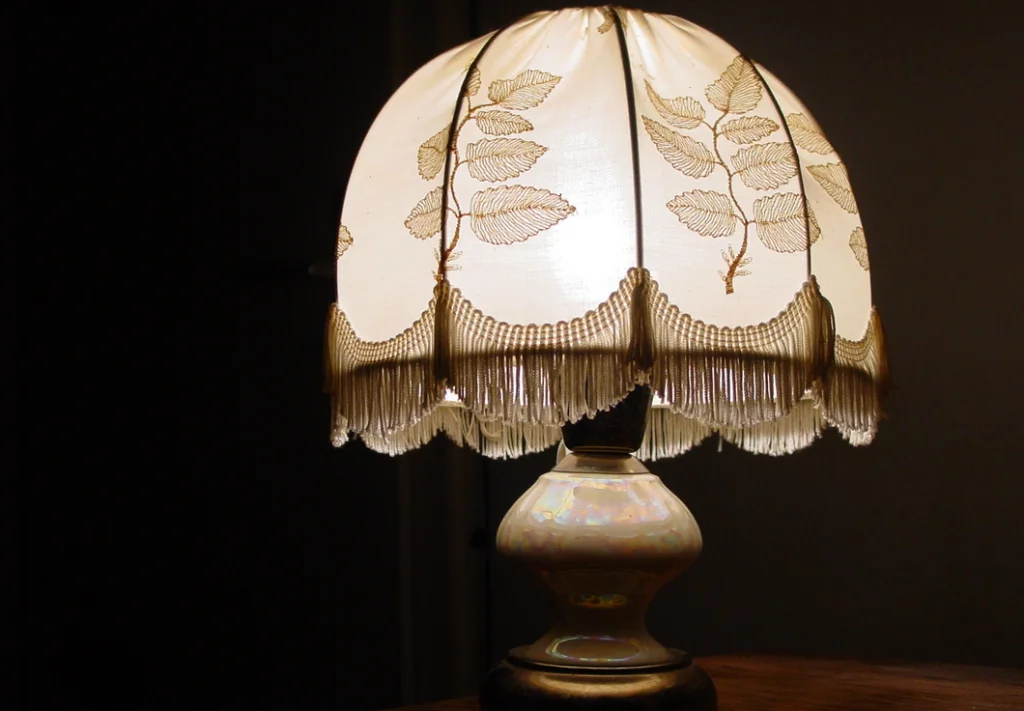
Every proper living room had at least one fancy table lamp crowned with an elaborate shade featuring delicate fringe, beads, or tassels that swayed hypnotically in the slightest breeze. This wasn’t just any old lamp – it was a decorative centerpiece that cost more than your allowance for an entire year, and its beauty was matched only by its apparent fragility. The lampshade seemed designed specifically to attract curious children’s fingers, with all those dangly bits just begging to be touched, twisted, or counted.
Your mother treated that lamp like a priceless artifact, carefully dusting around it with the reverence of a museum curator. The warm, amber glow it cast across the room created the perfect atmosphere for adult conversations and cocktail parties, but it was absolutely off-limits during your roughhousing or fort-building activities. You learned to navigate around it like furniture, always conscious of its presence and the invisible force field of parental protection surrounding it.
4. The Fancy Guest Towels in the Powder Room
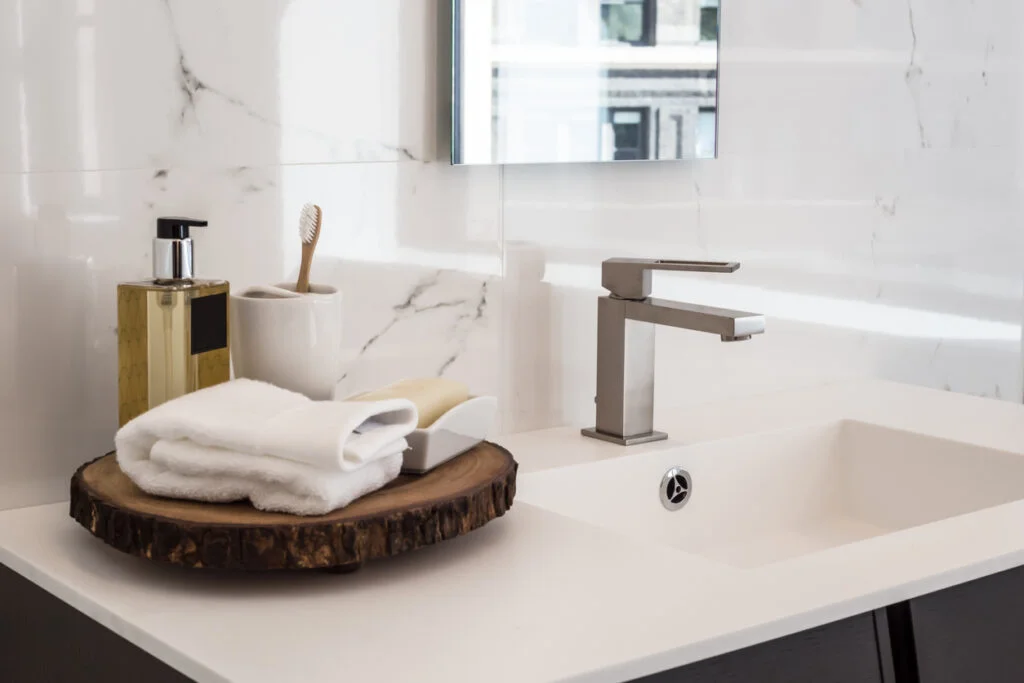
Those pristine, elaborately embroidered hand towels hanging in the guest bathroom were purely decorative, despite their obvious towel-like appearance and function. Usually featuring intricate monograms, delicate lace trim, or seasonal motifs, these towels were meant to impress visitors, not actually dry anyone’s hands. Your family had a completely separate set of “real” towels hidden in the linen closet for actual use, leaving the fancy ones to hang there like textile artwork.
The logic behind decorative towels that couldn’t be used for their intended purpose baffled every child who encountered them. You’d finish washing your hands and instinctively reach for the beautiful towel right in front of you, only to be quickly redirected to the paper towels or the “everyday” towel tucked discreetly nearby. These guest towels represented your mother’s commitment to maintaining appearances, even in the smallest powder room that visitors might glimpse for just a few minutes.
5. Dad’s Special Chair in the Den
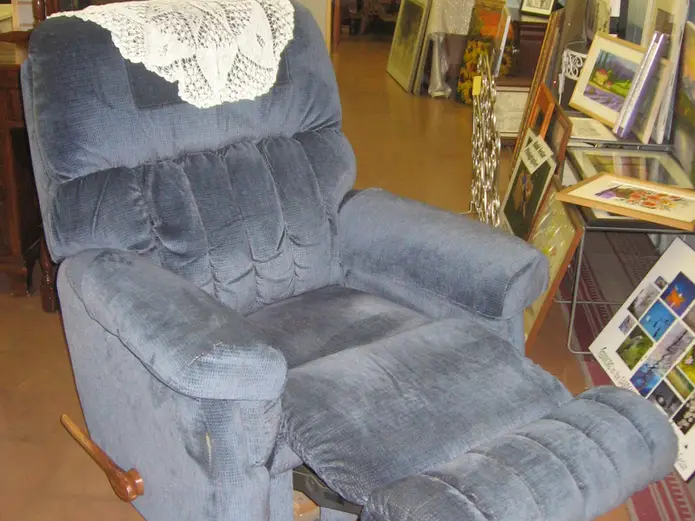
Every father had his throne – that one particular chair in the living room or den that was exclusively his domain, perfectly broken in to accommodate his specific body shape and evening routine. Whether it was a well-worn leather recliner, a stately wingback, or a modern lounger with a built-in footrest, Dad’s chair was sacred territory that no family member dared occupy. The armrests bore the permanent indentations of his elbows, and the cushions had molded themselves to his exact specifications over years of nightly use.
Sitting in Dad’s chair, even when he wasn’t home, felt like a transgression of the highest order – comparable to sleeping in your parents’ bed or raiding the medicine cabinet. The chair held his newspaper, his reading glasses, his evening snacks, and sometimes a hidden stash of loose change that had fallen from his pockets. It was his command center for watching the evening news, weekend sports, and the occasional late-night movie, and everyone understood that this was his personal sanctuary after a long day at work.
6. Mom’s Jewelry Box with the Tiny Ballerina
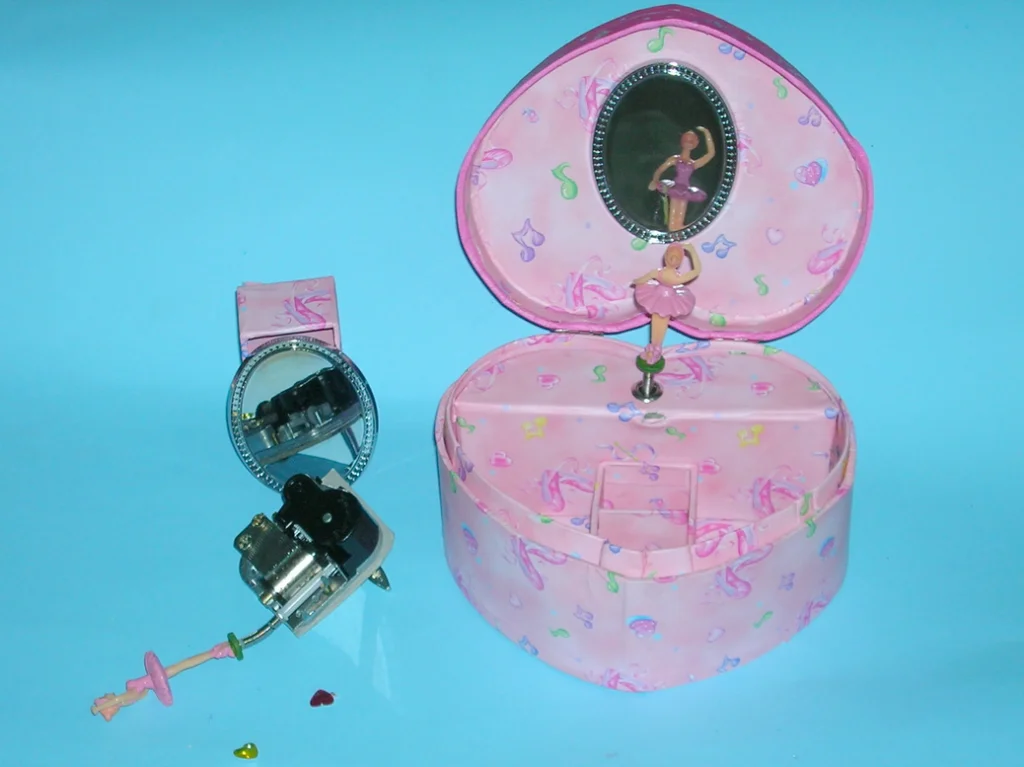
That mysterious jewelry box on your mother’s dresser, with its velvet-lined compartments and delicate musical mechanism, was like a treasure chest from a fairy tale. When opened, a tiny plastic ballerina would spring to life, pirouetting endlessly to a tinkling melody – usually “Für Elise” or “The Blue Danube” – while revealing glimpses of sparkling earrings, necklaces, and brooches nestled in their designated spots. The temptation to open it just to watch the ballerina dance was almost overwhelming, but strict maternal warnings kept curious fingers at bay.
The jewelry box represented the height of feminine sophistication to young eyes, with its multiple levels, hidden compartments, and that fascinating little mirror that reflected the dancing figure. Your mother’s most precious pieces lived in those padded slots – her wedding ring when she was doing dishes, pearl earrings from special occasions, and maybe a brooch inherited from her own mother. Opening it without permission wasn’t just about the potential for breaking something; it was about respecting the privacy of your mother’s most personal treasures.
7. The Encyclopedia Set That Cost a Fortune

Those gleaming volumes of the Encyclopedia Britannica or World Book Encyclopedia represented the pinnacle of household knowledge and educational investment, displayed prominently on built-in bookshelves like intellectual trophies. Your parents had probably spent months paying off the encyclopedia salesman who convinced them that owning these books was essential for their children’s academic success. The gold-embossed spines and crisp, uncracked bindings were meant to impress visitors and demonstrate your family’s commitment to learning and culture.
Despite being purchased specifically for educational purposes, these encyclopedias were often treated as too precious for everyday use, reserved for serious research projects and homework assignments that couldn’t wait for a library trip. The irony wasn’t lost on children who were encouraged to “look it up” but discouraged from actually handling these expensive reference books without proper supervision. Instead, you’d be directed to the school library or the family’s paperback dictionary, while the beautiful encyclopedias remained largely untouched, gathering dust in their place of honor.
8. The Candy Dish That Never Had Candy
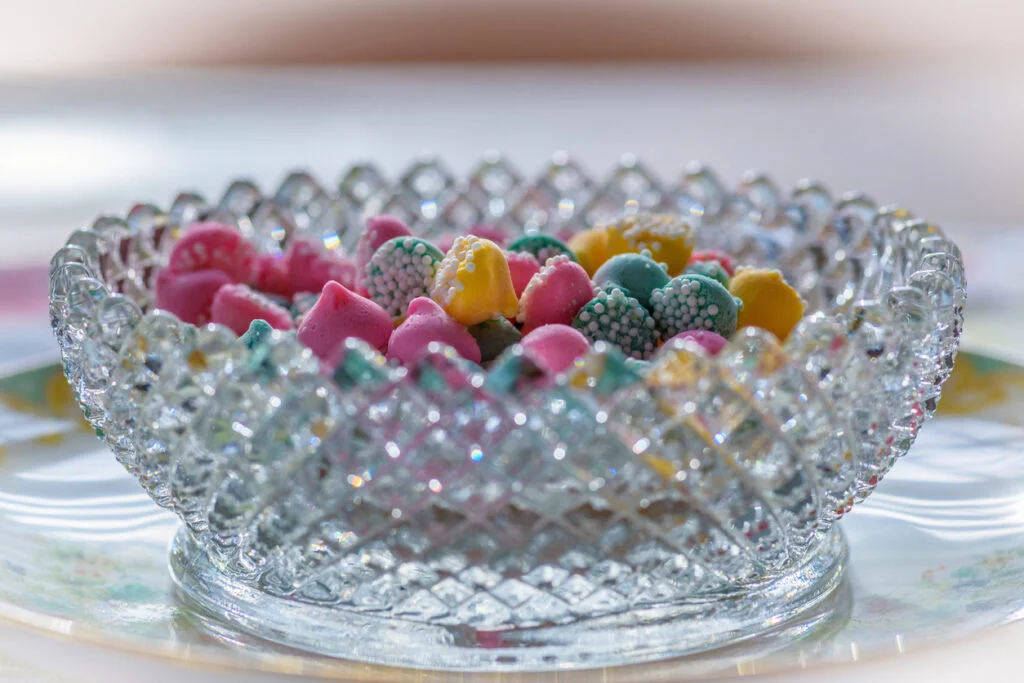
Every proper living room featured an elegant glass or crystal candy dish prominently displayed on the coffee table or end table, presumably filled with colorful hard candies or chocolate treats for guests. In reality, these decorative bowls rarely contained actual candy, instead serving as repositories for decorative glass balls, potpourri, or remaining perpetually empty as pure ornamentation. The few times candy did appear in these dishes, it was usually stale ribbon candy or ancient peppermints that had fused together into an inedible mass.
The empty candy dish became a symbol of adult priorities that made no sense to children – why have a special bowl specifically designed for candy if you’re never going to put candy in it? These dishes were often family heirlooms or wedding gifts, made from expensive cut crystal or delicate pressed glass that caught and reflected light beautifully throughout the room. Touching or moving the candy dish, whether it contained treats or not, was strictly forbidden, as it was positioned precisely to complement the room’s overall aesthetic.
9. Dad’s Workshop Tools Hanging on the Pegboard

The garage or basement workshop was Dad’s sacred domain, complete with an impressive array of tools hanging in perfect organization on a pegboard outlined in magic marker. Every wrench, screwdriver, and hammer had its designated spot, and the tools were arranged with military precision that would make a drill sergeant proud. The pegboard system wasn’t just about organization – it was about knowing instantly if someone had been messing with his equipment, and heaven help the family member who failed to return a tool to its proper outline.
Those gleaming tools represented years of accumulated expertise and weekend projects, from building backyard decks to fixing leaky faucets and assembling Christmas toys in secret midnight sessions. Your father could identify each tool by touch and knew exactly which one was needed for any household repair or improvement project. The workshop was his retreat from family chaos, a place where everything had its place and problems could be solved with the right combination of skill, patience, and properly maintained equipment.
10. The Living Room Sofa with Plastic Slipcovers
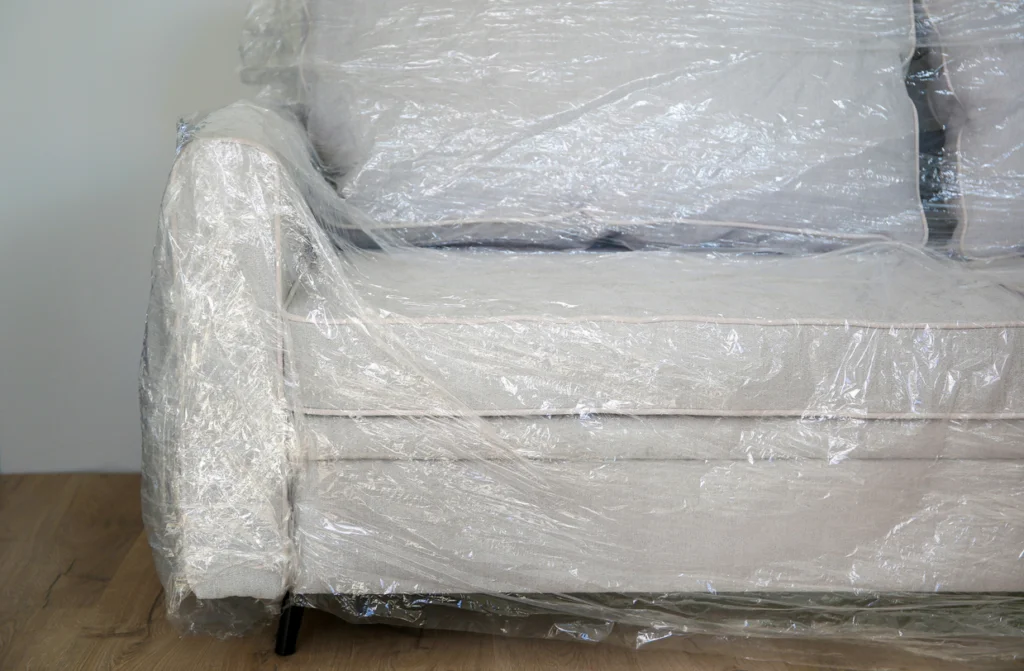
The good furniture in the formal living room was often encased in clear plastic slipcovers, creating an uncomfortable but protective barrier between the expensive upholstery and the messy realities of family life. These crackling, sticky covers turned every attempt to sit down into an awkward sliding experience, complete with embarrassing sound effects that made formal entertaining a test of grace and dignity. The plastic was supposed to preserve the fabric underneath, but it transformed beautiful furniture into something that looked like it belonged in a medical office.
Sitting on plastic-covered furniture during summer months was particularly torturous, as bare skin would stick to the material and make peeling sounds when you tried to shift positions. Despite the obvious discomfort, mothers insisted that the slipcovers were necessary to protect their investment, especially in households with children who might spill juice or leave sticky fingerprints on the expensive fabric. The formal living room became a showcase space that was seen but rarely used, preserved in plastic perfection for the occasional special guest who probably would have been more comfortable on the family room couch anyway.
11. Mom’s Recipe Box with the Handwritten Cards
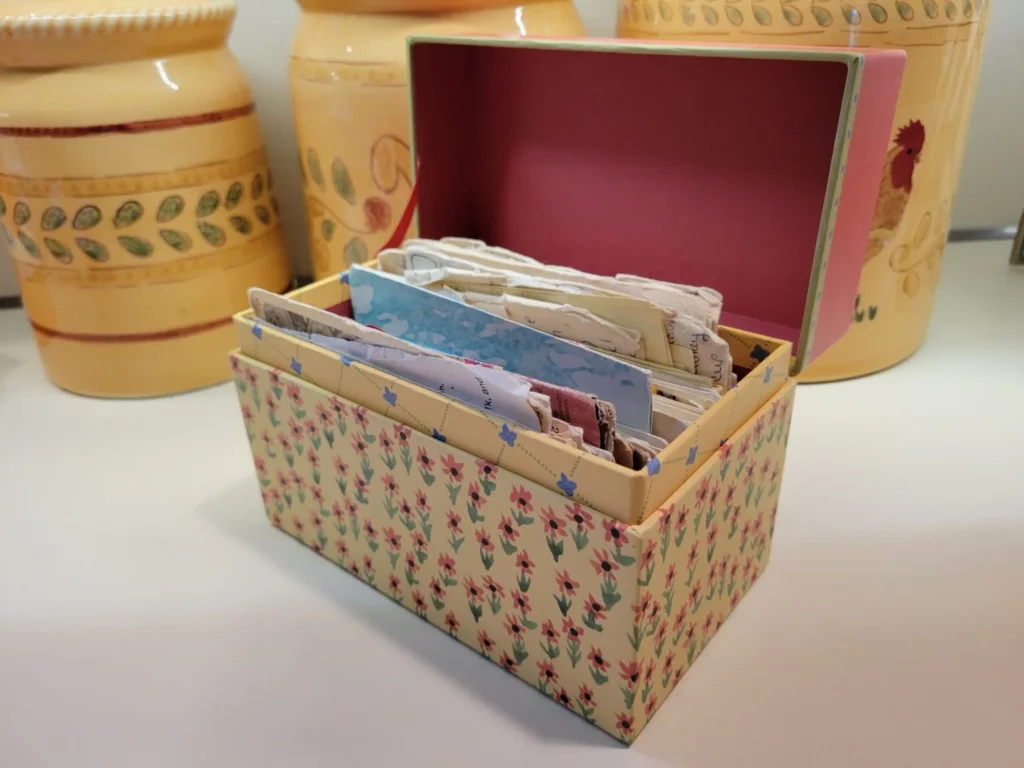
Your mother’s treasured recipe box, whether it was a simple wooden file or a decorative tin container, held the family’s culinary secrets on hundreds of handwritten index cards stained with decades of cooking adventures. These weren’t just recipes – they were edible family history, including Great Aunt Martha’s pound cake, neighbor Betty’s famous casserole, and mysterious dishes with names like “Watergate Salad” or “Husband’s Delight.” The cards were written in various hands, collected from church potlucks, bridge clubs, and friendly exchanges with other neighborhood wives.
The recipe box was strictly off-limits to curious children who might shuffle the carefully organized cards or, worse yet, accidentally damage one of these irreplaceable culinary treasures. Your mother knew exactly where each recipe was located and could navigate the system with the efficiency of a librarian, but the thought of little fingers disrupting her organization system was enough to keep the box firmly closed to unauthorized browsers. These handwritten cards represented a time when recipes were personal communications, passed along with detailed notes about cooking times, ingredient substitutions, and family preferences that couldn’t be found in any cookbook.
12. The Bar Cart with All the Fancy Bottles
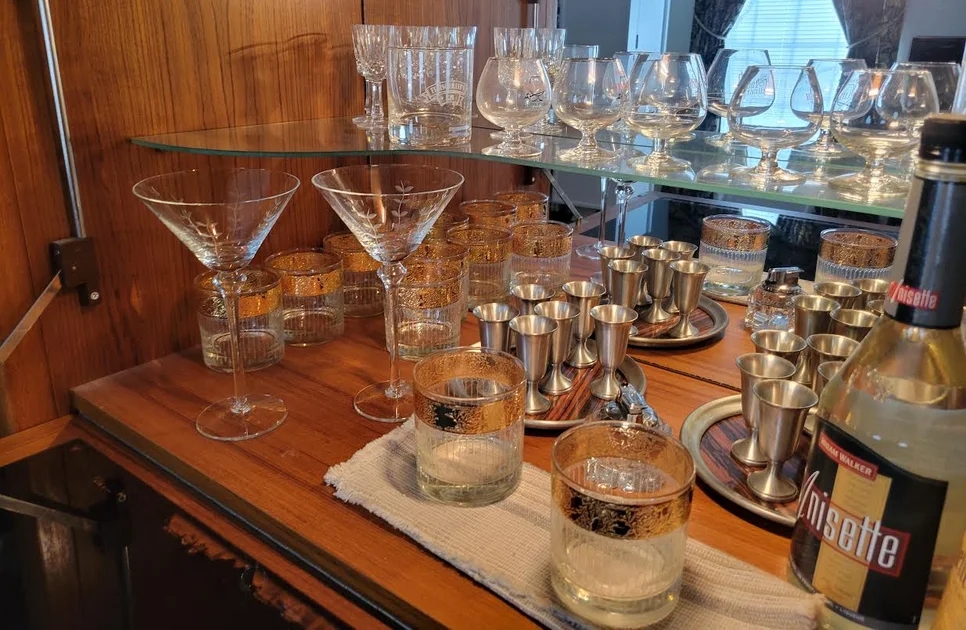
The wheeled bar cart in the corner of the living room or dining room was like a mobile adult playground, complete with crystal decanters, silver cocktail shakers, and an impressive array of colorful bottles that caught the light like liquid jewels. This sophisticated piece of furniture represented the height of entertaining elegance, ready to be rolled out for cocktail parties and dinner guests who appreciated a properly mixed martini or Manhattan. The cart’s lower shelf held essential bar tools, cocktail napkins, and perhaps a selection of fancy glasses that were used exclusively for adult beverages.
Everything about the bar cart screamed “children keep out,” from the obviously alcoholic contents to the delicate glassware that could shatter with one wrong move. The bottles themselves were fascinating to young eyes – some dark and mysterious, others bright and exotic, all with intriguing names and colorful labels that hinted at sophisticated adult rituals. Your parents’ cocktail hour was a daily ceremony that marked the transition from work day to evening relaxation, and the bar cart was the altar where this transformation took place, complete with the ritual mixing of drinks and adult conversation that children couldn’t quite understand.
13. The Photo Albums in the Hall Closet

Those carefully organized photo albums stacked on the high shelf of the hall closet contained the visual history of your family, but they were treated like precious manuscripts that required special handling and adult supervision. Each album was meticulously arranged with photos mounted behind protective plastic sheets, accompanied by handwritten captions in your mother’s careful script documenting dates, locations, and the names of people who might otherwise be forgotten by future generations. The albums chronicled everything from wedding days to baby’s first steps, family vacations to holiday celebrations, creating a tangible record of your family’s journey through the decades.
Looking through these albums was a special occasion that required sitting quietly with clean hands while your mother narrated the stories behind each photograph. The photos themselves were irreplaceable – there were no digital copies or cloud storage, just these single physical prints that could be lost forever if damaged or misplaced. Your mother’s protective instincts around these albums made perfect sense; they contained memories that couldn’t be recreated, faces of relatives you’d never meet again, and moments in time that existed nowhere else but in these carefully preserved pages.
Those forbidden objects taught us important lessons about respect, boundaries, and the value adults placed on their possessions and traditions. Looking back, we can appreciate that our parents’ protective instincts weren’t just about preserving things – they were about maintaining the standards and creating the atmosphere they believed would give their families dignity, comfort, and a sense of belonging in their community. These everyday restrictions were actually expressions of love, even when they felt frustrating in the moment.
This story 13 Random Objects in the House You Were Never Allowed to Touch was first published on Takes Me Back.


